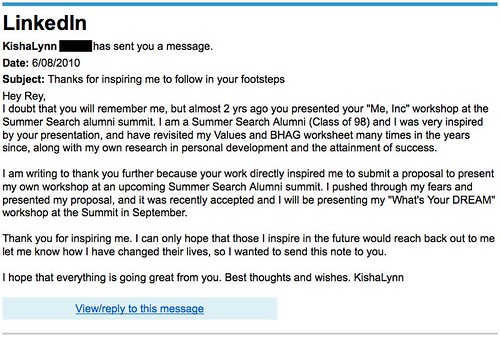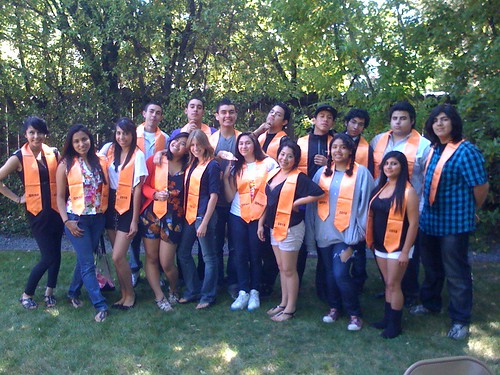I can’t believe I’m nearing the end my first semester here at the Harvard Kennedy School. Over the last few months I’ve been knee-deep in the ethics of public service, the quantitative joys of microeconomics and statistical analysis, and riveting cases in the nonprofit and educational sectors. While I am loving my academic experience, I have been yearning to get my hands dirty — to apply these learnings to something real and tangible. Just when I was starting to get this itch, an amazing opportunity popped up!

Back in early November, I had the privilege of meeting Tony Meloto, the founder of Gawad Kalinga (GK, which means to “give care”), one of the Philippines’s largest and most successful NGOs addressing poverty in my home country. At a presentation at Harvard, he spoke passionately about GK’s mission to eradicate poverty for over 5 million Filipinos over the next decade by building communities and empowering impoverished people. I was inspired and hooked.
I had never met a Filipino who was so passionate about a social cause until that day, and I knew I wanted to learn more from him and GK. After chatting with him at school and through a few international video conferences, I volunteered to do a consulting project with GK. Based on their needs and my background, I will create a strategy to scale GK’s newest initiative, the Center for Social Enterprise. Basically I will help GK figure out how to create more business incubators in low income communities, so more people are empowered to be entrepreneurs in their communities across the Philippines.

I just could not pass up the opportunity to make a difference with skills I’ve learned both professionally at BUILD and academically at Harvard. So instead of hanging out on the couch during my winter break, I’ll be spending about 20 days in the Philippines in January to do field research in Manila. I’ll be meeting with GK staff and community members, learning the ins and outs of their process, and formulating a replication strategy that is founded not only on the theoretical stuff I’m learning here, but, more importantly, the practical day-to-day operations. On a personal note, this will enable me to give back to the country in which I was born and will hopefully be the start of my foray into international development work. Because this project goes beyond the expectations of schoolwork here at Harvard, there is no funding available for first year students to do international development projects.
This is where you, my kind and generous friends, come in. I leave in about one month, on Dec 29 for Manila, and I need to raise $2,500 to allay the expenses of the trip, like my flight, food, public transportation, etc. If you and 99 other friends donate just $25, I’ll be set and more Filipinos in low income communities will have the opportunity to start socially responsible businesses that improve their communities. Any amount I make over $2,500 will go straight to GK as a donation.
I hope that you will be able to support me and GK’s mission by making a donation today and by spreading the word to other friends who may be able to help. Thank you!
Final Notes
 I’m currently reading a book called
I’m currently reading a book called  This makes me think of the renewed energy in the New Orleans’ education sector where most of the schools are now run by national charter management organizations and staffed by bright-eyed outsiders. When the appeal of “saving” New Orleans runs out, will these people stay? And more importantly, when shaping the new education landscape, did they elicit solutions from and empower the citizens of New Orleans to create a sustainable new education system?
This makes me think of the renewed energy in the New Orleans’ education sector where most of the schools are now run by national charter management organizations and staffed by bright-eyed outsiders. When the appeal of “saving” New Orleans runs out, will these people stay? And more importantly, when shaping the new education landscape, did they elicit solutions from and empower the citizens of New Orleans to create a sustainable new education system?



 She goes on to mention how schooling evolved through the ages from “The School of the Church� in the middle ages to the Industrial Age’s emphasis on educating for discipline. It made sense back then because workers in factories and other industrialized functions required routine manual and cognitive behavior to be successful. But the demand for skills changed, especially over the last 20 years with rapid growth in technology, social and cultural contexts.
She goes on to mention how schooling evolved through the ages from “The School of the Church� in the middle ages to the Industrial Age’s emphasis on educating for discipline. It made sense back then because workers in factories and other industrialized functions required routine manual and cognitive behavior to be successful. But the demand for skills changed, especially over the last 20 years with rapid growth in technology, social and cultural contexts.